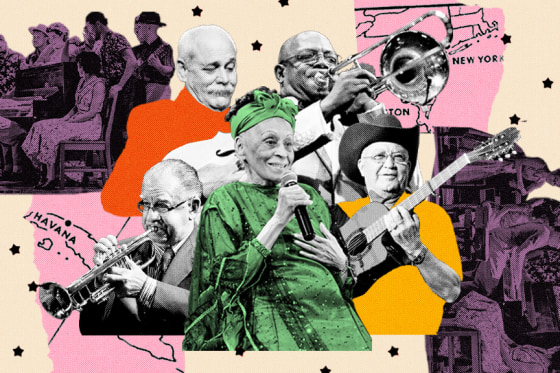HAVANA — In a rattan chair with a large oval backrest, almost like a throne, the 94-year-old “Diva” of Buena Vista Social Club, Omara Portuondo, sat in her home in Cuba as she reminisced about her life and storied career, both of which inspired the main storyline of a Broadway show premiering Wednesday.
The "Buena Vista Social Club" musical is based on the Cuban musicians who came together in 1996 to record the bestselling album of the same name, whose popularity spread around the globe and immortalized the traditional music of a bygone Cuba, introducing those classic songs to the world.
The show dramatizes, with some creative liberties, the recording of that iconic album, released in 1997, while also flashing back to 1950s Cuba, when Portuondo and the other musicians were young and singing live at the original Buena Vista Social Club venue before it was shut down following the Cuban Revolution.
Portuondo and two other living members of the original Buena Vista Social Club music collective, Barbarito Torres and Amadito Valdés, spoke to NBC News exclusively from their homes in Havana ahead of the Broadway musical’s premiere.
Looking regal while wearing an intricately knotted yellow headband and a patterned green tunic, Portuondo said, “Of course, it’s good to be in the musical.”
Portuondo, Torres and Valdés all said that when they recorded the album and went on a world tour, they never imagined that almost 30 years later they would still be touring and inspiring a musical.
“Broadway is a bastion of culture and to have a show there dedicated to our music means a lot for Cuban music, for international music and for me personally,” said Valdés, who is known for his unmatched percussion skills on the timbales.
Portuondo started singing professionally in the late 1940s, eventually winning two Latin Grammys and garnering four Grammy nominations.
Despite her age, Portuondo insists she will sing forever, even after experiencing health issues during a show in Barcelona, Spain, last year that forced her to step back from performing — at least temporarily.
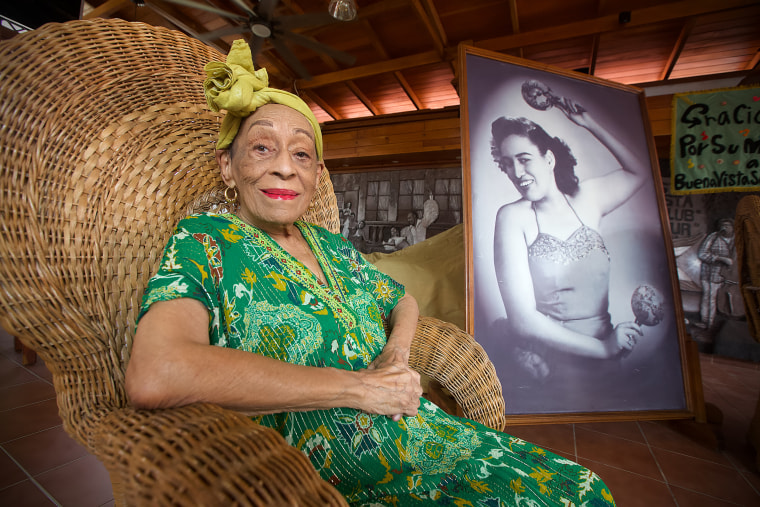
“I’m not going to retire in any way,” she said.
In the Broadway version, Portuondo is the star singer of the show. The distinctive details that have come to define her as a legendary artist are captured in the musical, from her signature style and personality to her emotional voice.
Her son and manager, Ariel Jiménez Portuondo, said he thinks his mother "is well reflected" in the show. "They mixed Omara the artist and Omara's personal life," he said.
Central to the musical's plot is young Omara's dream of making music for her people in Cuba at a time of political turmoil and the tensions such circumstances created between her and her late sister, Haydée Portuondo, who was also a beloved singer.
For those familiar with Buena Vista Social Club's music, the new show feels intentionally designed to honor the legacy of artists like Portuondo, who fans remember popularizing the songs they hold dear to their hearts. But it also introduces the timeless music to new audiences. Theatergoers even get a songbook inserted in the show's printed program with a brief history of the songs included in the musical.
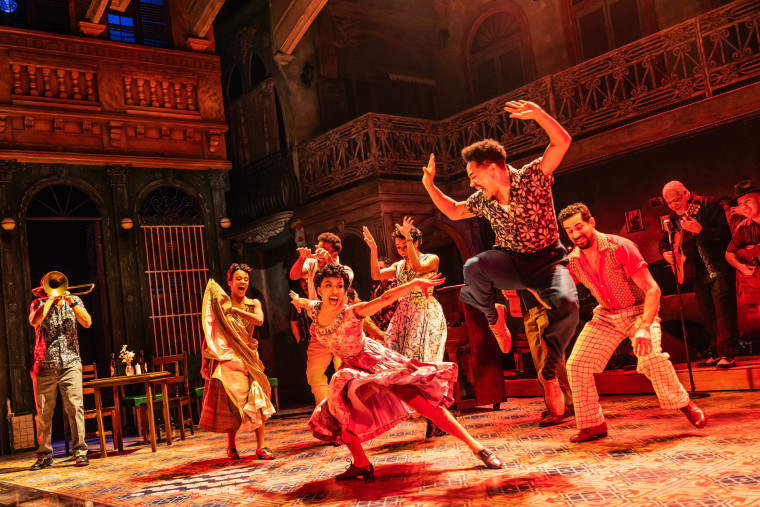
One of those songs is "El Cuarto De Tula." The lively Cuban jam-style tune invites musicians to improvise lyrics, a homegrown tradition from the city of Santiago, the center of Cuban son music. But in the version made famous by the Buena Vista Social Club, the band added its own twist to the original musical arrangement, Torres said.
Sitting at home with his laúd, a traditional string instrument from Cuba, Torres showed how he and the late musician Manuel "El Guajiro" Mirabal improvised a new intro for the song, which went on to become the version known worldwide.
"Everywhere I go, people know who I am," Torres said. "They know my name, my last name, especially musicians."
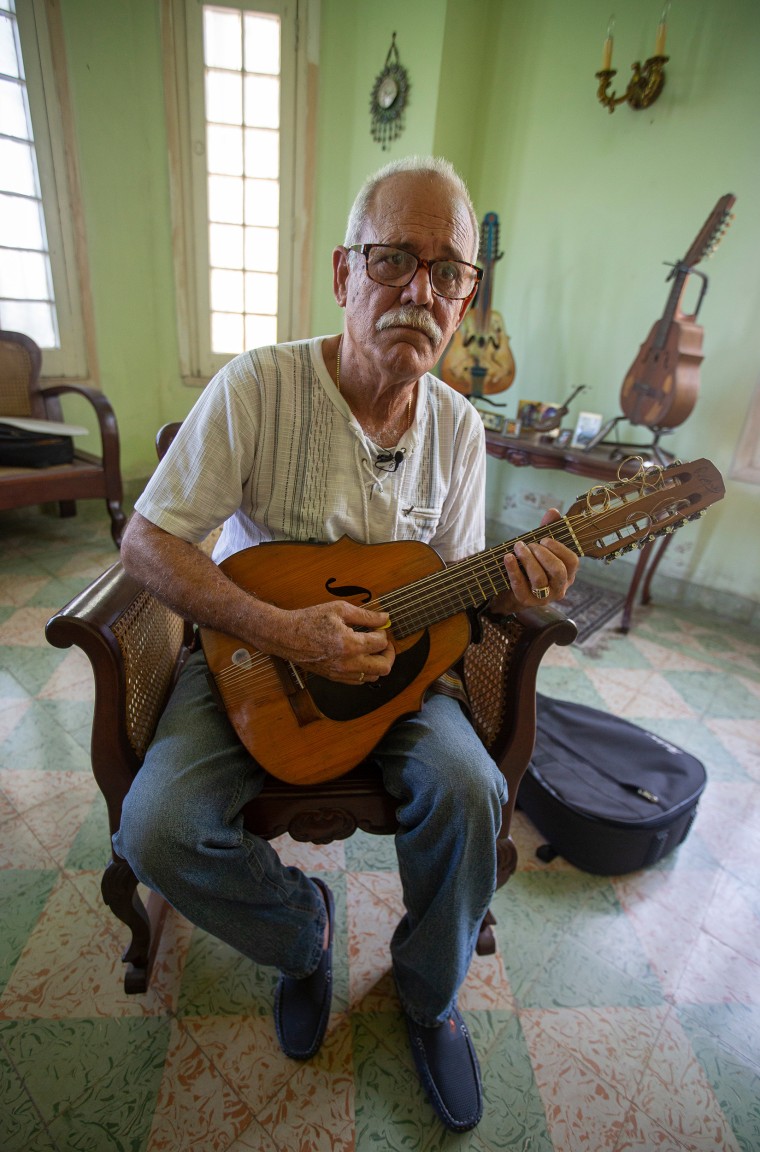
Before Buena Vista Social Club, it was rare to see a young musician playing classical instruments such as the double bass, according to Torres. But following the band's success, that changed. He recalled Old Havana being the center of musical quartets that kept their Cuban music alive.
Now things are different, Torres said. “A lot of music is being produced in Cuba, but it has nothing to do with Cuban music, with the rich tradition we have. The root is being lost and we have to rescue it,” he said, adding that the roots of traditional Cuban music must be preserved.
Reviving Cuban music's golden age
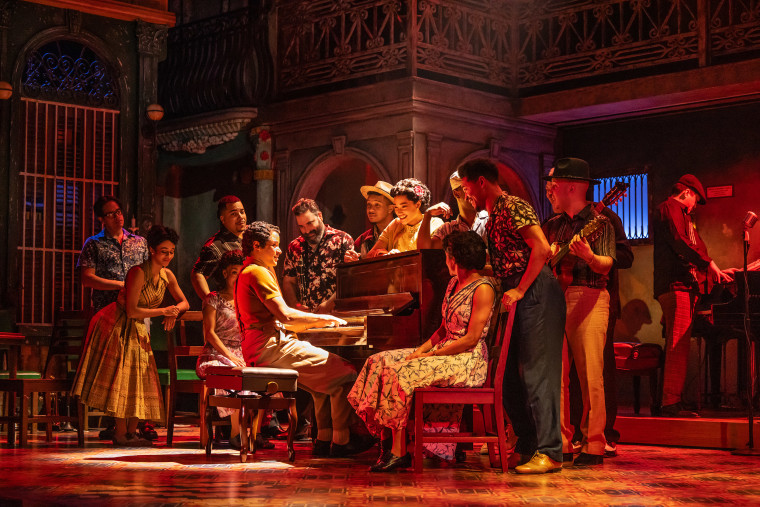
Portuondo, Valdés, Torres and Eliades Ochoa alongside bandmates who have since died, including Manuel “Puntillita” Licea and Mirabal — as well as Compay Segundo, Ibrahim Ferrer and Rubén González, who appear in the musical as named characters — burst onto the music scene with delayed fame almost three decades ago with the release of the Buena Vista Social Club album.
The album was recorded in six days in 1996 in the historic Havana studio EGREM. It sold over 8 million copies, won a Grammy in 1997 for best traditional tropical album and was added to the National Recording Registry for preservation at the Library of Congress in 2022.
“Even when the project has stopped, the success was so big ... that it still hasn’t been forgotten,” Torres said. “When you think its time has passed, it is reborn. This time with the musical.”
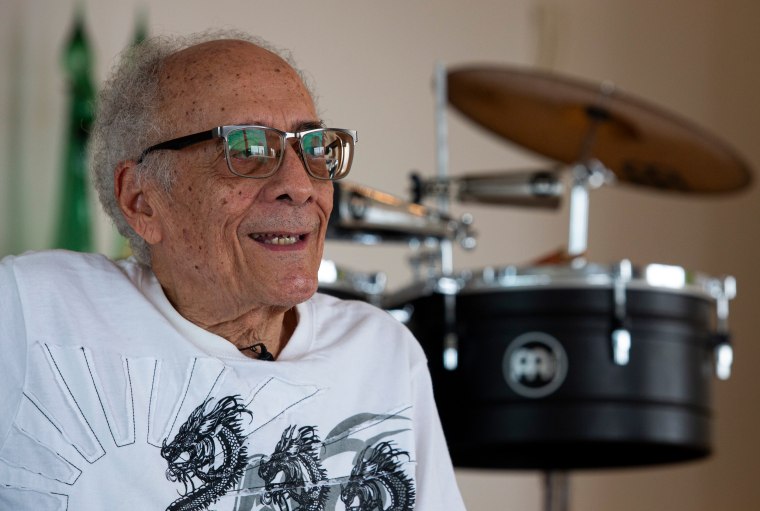
The musicians were brought together by Cuban bandleader and composer Juan de Marcos González, along with the British World Circuit executive Nick Gold and American guitarist and producer Ry Cooder. Their journey was also documented in an eponymous film released in 1999 and inducted into the National Film Registry at the Library of Congress in 2020.
The project showcased music styles like son, danzón, boleros and others that were popular in Cuba during its golden music age of the 1940s and 1950s. The group was named after an old Havana live music and dance club.
“Buena Vista Social Club is a milestone in Cuban musical production and one of the most successful albums recorded in the 20th century,” de Marcos González wrote in a message to NBC News. “What Nick Gold and I began as a cultural adventure without any grand pretensions, only aspiring to a positive impact on the so-called ‘World Music’ market, quickly became a mass phenomenon, unexpectedly similar to that of mainstream music.”
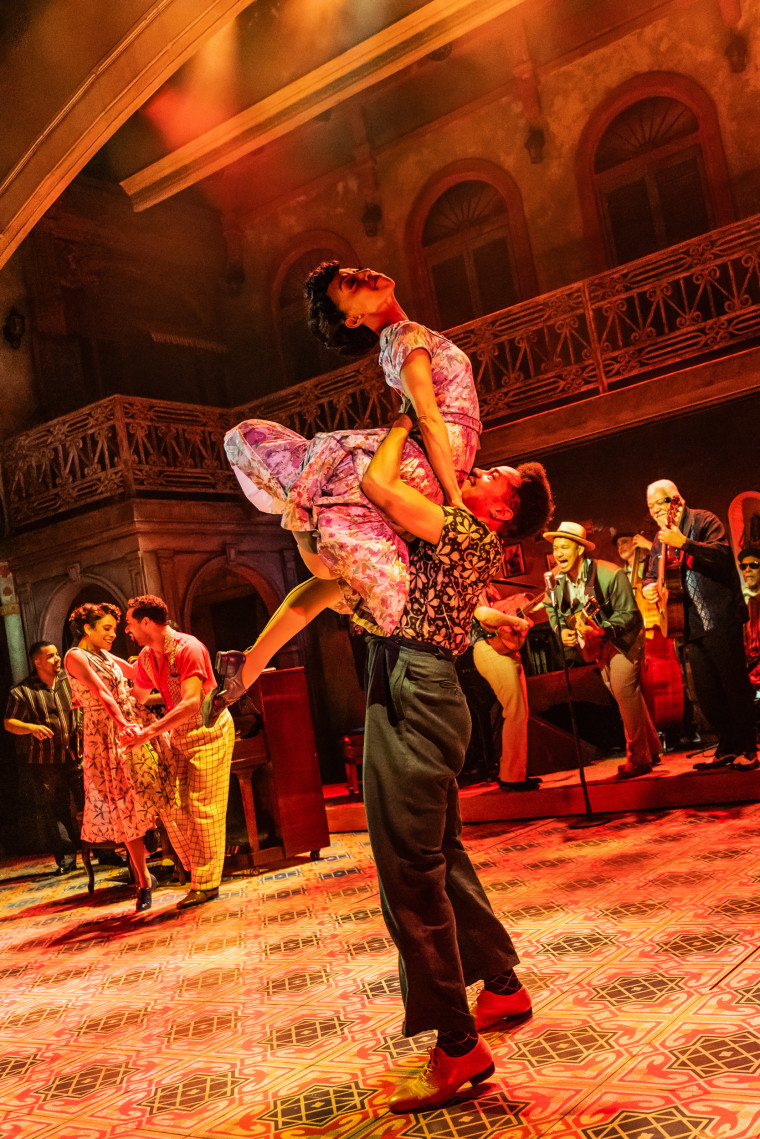
The “Buena Vista Social Club” musical breaks from the traditional theater format that separates the cast onstage from the musicians, who are often tucked away in the orchestra pit. In this version, those lines are blurred. The actors, dancers and musicians shine side by side on the stage — at times making the audience feel like they are at a concert, listening to live music at a dance club or just a fly on the wall in a recording studio.
“Buena Vista Social Club, the Musical, is a stunning work of art that transcends the values of a beautiful island, its culture, and its creators in a transparent way, free from the Eurocentric paternalism of other excellent related works,” de Marcos González said.
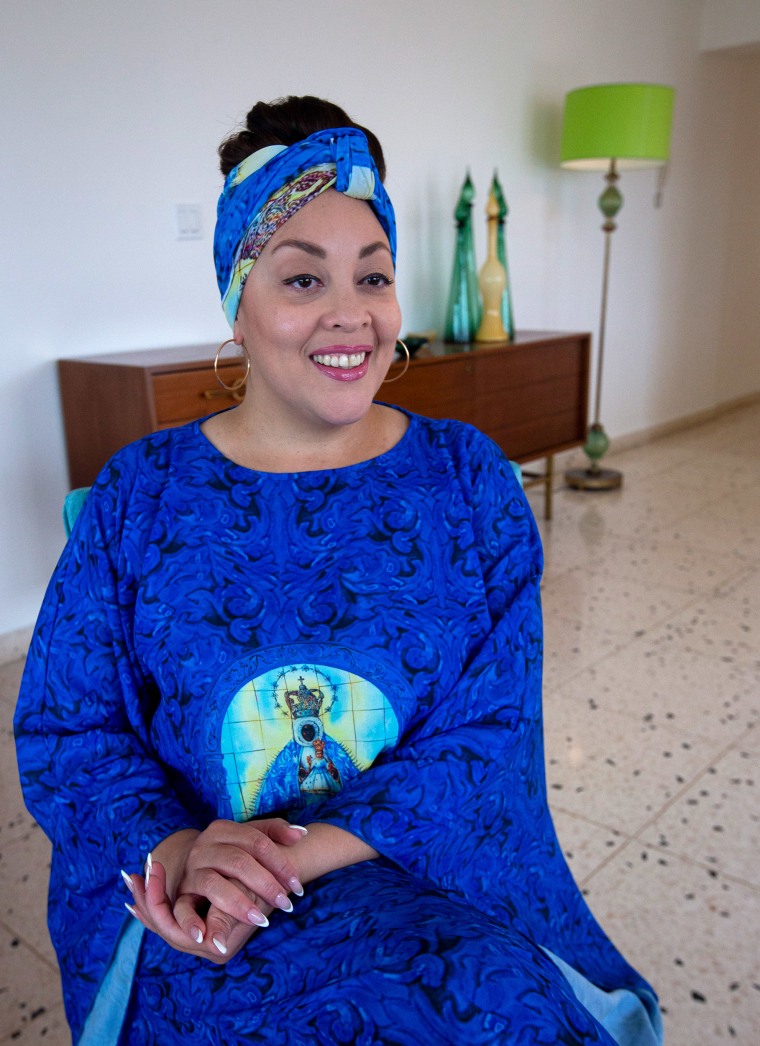
While surviving members of the group are not directly involved in the show, they were consulted for the musical. They all hope the musical serves as an inspiration for younger generations who are not familiar with older Cuban music — in the same way such musical traditions were passed down in Valdés' family.
Valdés studied music in Havana under the watchful eye of his father, Amado Valdés, a well-known Cuban jazz saxophonist. Now his daughter, Idania Valdés, sings in the orchestra her father helped make famous.
She told NBC News: “It will reconnect again, especially with young people who perhaps don’t know so much about this project. It will reconnect with something that was always a hit.”
Orlando Matos reported from Havana, Carmen Sesín from Miami and Nicole Acevedo from New York.
